Introduction to Ghee and Its Significance
Ghee, a form of clarified butter, has been an integral part of Indian cuisine for centuries, particularly within Telugu culture. This time-honored ingredient is made by simmering unsalted butter to separate the milk solids and water, resulting in a rich golden liquid that is known for its distinct flavor and aroma. The significance of ghee extends beyond the culinary realm; it is deeply embedded in cultural traditions, rituals, and Ayurvedic practices. Historically, ghee has been utilized not only as a cooking medium, but also in religious ceremonies, where it serves as a sacred offering and symbolizes purity and prosperity.
In Telugu households, ghee plays a pivotal role in various dishes, enhancing flavors and providing a unique richness. It is often used in traditional preparations such as rice, lentils, and sweets, and its ability to withstand high temperatures makes it a favored choice among chefs and home cooks alike. Nutritionally, ghee is recognized for its potential health benefits, including its rich content of vitamins A, D, E, and K, as well as beneficial fatty acids. These elements contribute to its status as a traditional superfood that supports digestion and boosts immunity.
As the global demand for organic and traditional food products rises, specific types of ghee, such as buffalo ghee and cow ghee, have gained particular attention. Each type offers its own health benefits and unique flavor profile, appealing to health-conscious consumers and gourmet chefs across the world. The distinction between buffalo ghee, known for its content of fat and richness, and cow ghee, celebrated for its lighter texture and healthful properties, further exemplifies the diverse offerings of this ancient staple. The understanding of ghee’s culinary versatility and nutritional advantages positions it as a valuable product in today’s international food market.
The Difference Between Buffalo Ghee and Cow Ghee
Ghee, a staple in Indian cuisine, is derived from the clarification of butter and can be made from the milk of either cows or buffaloes. The choice between buffalo ghee and cow ghee hinges upon various factors, including milk source, production methods, flavor profile, and nutritional benefits. Understanding these differences can significantly influence culinary preferences and health choices.
Buffalo ghee is produced from the milk of water buffaloes, which typically contain higher fat content than cow’s milk, resulting in a richer and creamier texture. The preparation involves simmering the butter over low heat until the water evaporates, leaving behind pure ghee. This process imbues buffalo ghee with a distinct aroma and deeper flavor, making it a favored choice for traditional dishes, particularly in South Indian cooking. Its higher content of unsaturated fats and unique antioxidant properties contributes to its impressive nutritional profile.
Conversely, cow ghee, derived from cow’s milk, is often considered lighter with a slightly nutty flavor. The production techniques remain similar, but the milk’s lower fat concentration results in a more delicate product. Cow ghee is typically preferred for its digestibility and is often recommended for those who may experience discomfort with richer fats. In culinary applications, cow ghee is widely used in baking and sautéing, providing a diverse range of flavors without overwhelming the palate.
In summary, the choice between buffalo and cow ghee depends on individual taste preferences and nutritional requirements. While buffalo ghee offers a robust flavor ideal for traditional meals, cow ghee presents a lighter alternative suitable for a variety of cooking methods. Understanding these distinctions ensures consumers can select the type of ghee that best aligns with their culinary needs. Both varieties contribute uniquely to the richness of Telugu cuisine and its global recognition.
Health Benefits of Ghee: Why It’s a Superfood
Ghee, a type of clarified butter originating from the Indian subcontinent, has long been revered for its various health benefits. Rich in essential fatty acids, ghee is not only a source of healthy fats but also embodies numerous vitamins and minerals. Both buffalo and cow ghee are excellent sources of vitamins A, D, E, and K, which are crucial for maintaining various bodily functions. These vitamins support immune function, promote healthy skin, and contribute to overall well-being.
One of the notable advantages of ghee is its ability to aid digestion. Ghee contains butyrate, a short-chain fatty acid that plays a pivotal role in digestive health. It helps nourish the gut lining, thereby improving the gut microbiome and enhancing nutrient absorption. Moreover, it is lactose-free, making it an excellent option for individuals who are lactose intolerant, allowing them to enjoy the flavor and benefits of dairy without discomfort.
In addition to digestive benefits, ghee is known to boost immunity. Its anti-inflammatory properties, combined with rich nutrient content, enhance the body’s ability to combat infections and diseases. Incorporating ghee into a well-balanced diet can promote overall health and may lead to better resilience against illnesses.
While ghee offers numerous health benefits, it is essential to consume it in moderation. Overindulgence can lead to excessive calorie intake, potentially resulting in weight gain. Therefore, it can be beneficial for individuals following various dietary lifestyles, including Paleo and even vegan adaptations where plant-based alternatives to traditional ghee, such as coconut oil, are made. Balancing ghee with a variety of other nutrient sources can contribute to a healthier lifestyle overall.
Telugu Foods’ Commitment to Quality and Authenticity
Telugu Foods has established itself as a reputable brand dedicated to the production of high-quality buffalo and cow ghee, embodying the essence of traditional Indian culinary practices. The brand believes that authenticity is paramount; therefore, it meticulously sources its ingredients from local farms that adhere to ethical and sustainable farming practices. By emphasizing sustainable sourcing, Telugu Foods not only supports local farmers but also ensures that the ghee produced is of the highest quality, devoid of any harmful additives or preservatives.
The production process at Telugu Foods is governed by strict ethical standards. Each batch of ghee undergoes rigorous quality checks to ensure that it meets the brand’s high benchmarks. The company is committed to using traditional methods of preparation that have been passed down through generations, which not only preserves the rich flavors but also enhances the nutritional profile of the ghee. This dedication to traditional methods is coupled with modern quality assurance protocols that guarantee safety and consistency for consumers.
Testimonials from loyal customers underscore Telugu Foods’ commitment to quality and authenticity. Many users have shared their transformative experiences, highlighting the distinct taste and health benefits of their ghee. Furthermore, the brand boasts various certifications that reinforce its credibility in the marketplace, including organic and quality assurance certifications that validate their sourcing practices and production processes. By prioritizing authenticity and sustainable practices, Telugu Foods has carved a niche for itself in the competitive landscape of food products, ensuring that each jar of ghee reflects the rich heritage of Telugu cuisine while also appealing to the global market. This approach not only delights consumers but also fosters a sense of trust in the brand’s promise of quality.
Expanding Global Reach: The Future of Ghee Distribution
The global market for health-focused food products is undergoing significant transformation, with consumers increasingly seeking natural alternatives to conventional ingredients. Among these, ghee, a clarified butter integral to Telugu cuisine, has garnered considerable attention. This rising demand for products perceived as healthy and authentic represents a prime opportunity for Telugu Foods to expand its international distribution of ghee. The company’s approach involves not only meeting the health-conscious consumer’s needs but also educating potential customers about the cultural significance and myriad uses of ghee.
To effectively establish a presence in international markets, it is essential for Telugu Foods to implement strategic entry tactics. One such strategy involves identifying potential partnerships with established distributors in target countries. Leveraging the existing networks of local distributors can facilitate quicker penetration and enable better understanding of market-specific consumer preferences. Collaborating with health food retailers and wellness-focused brands could also further amplify ghee’s exposure, allowing it to tap into existing trends prioritizing natural ingredients and wellness-oriented choices.
Furthermore, cultural education plays a pivotal role in promoting ghee outside of its traditional setting. As consumers become more adventurous in their culinary pursuits, Telugu Foods can capitalize on this trend by offering cooking demonstrations, recipes, and content that showcases ghee’s versatility across various cuisines. Effective branding that highlights ghee as not just a food product but as a wholesome lifestyle choice can enhance its appeal. Emphasizing attributes such as its nutritional benefits and traditional preparation methods adds depth to its global story, allowing customers to connect with the product on a personal level.
As the world increasingly embraces healthier dietary options, the demand for ghee is likely to grow. By implementing these strategies and promoting ghee through cultural and educational initiatives, Telugu Foods is poised to capture a significant share of the global market, ensuring that the unique offerings of Telugu cuisine reach a wider audience.

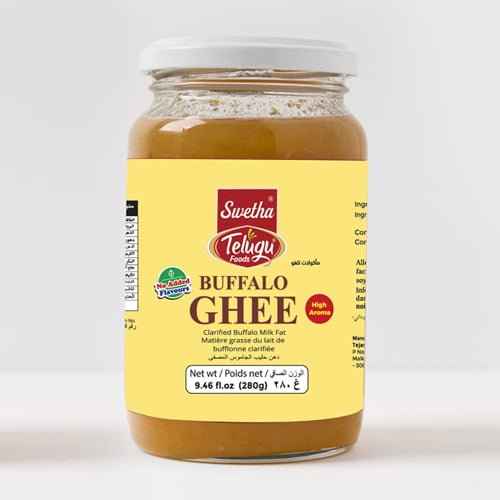
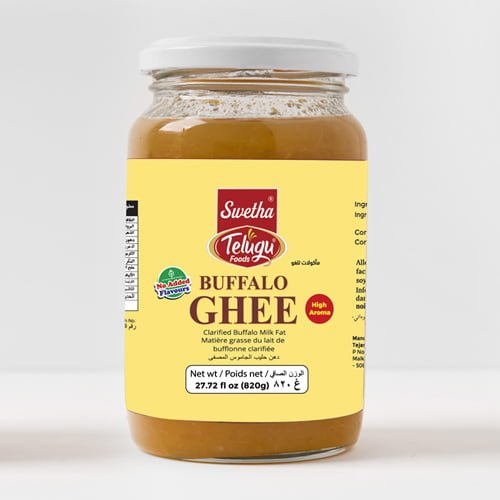
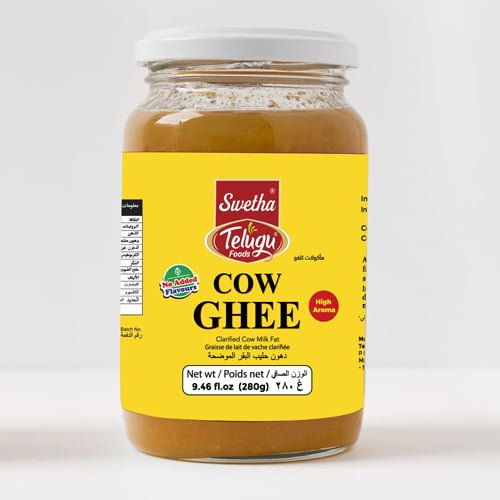
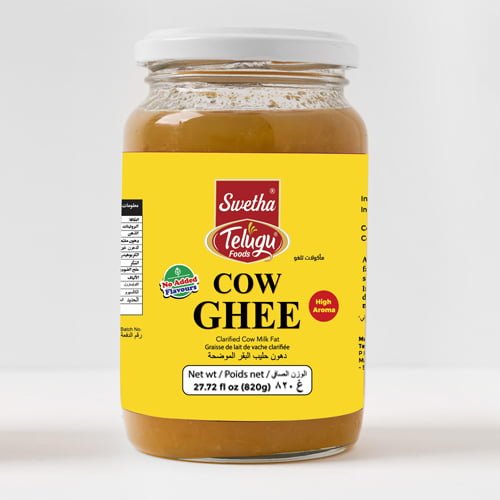


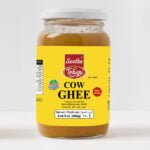
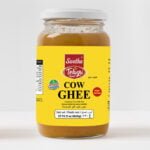



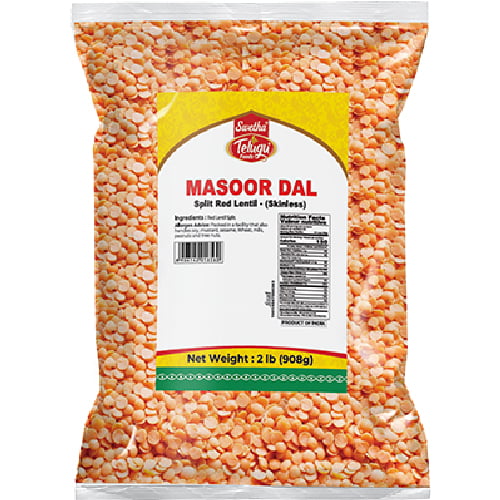
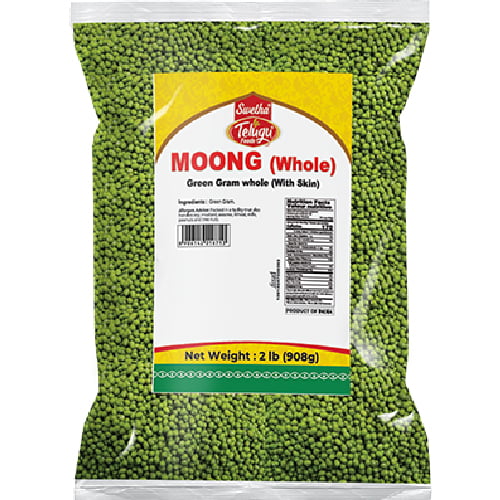

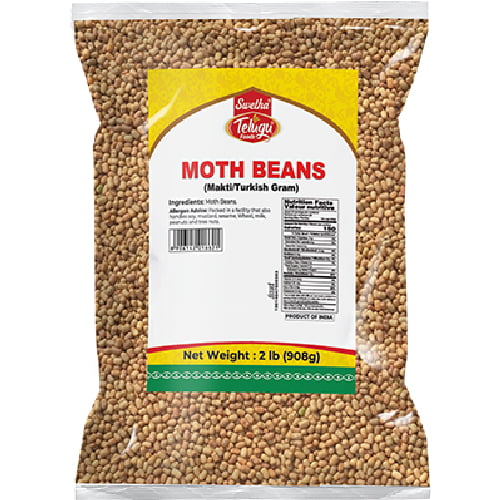
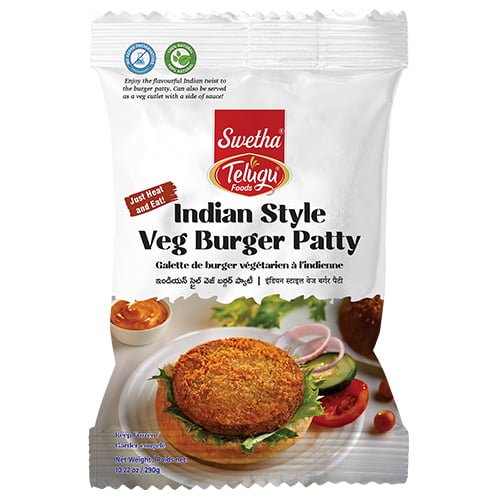


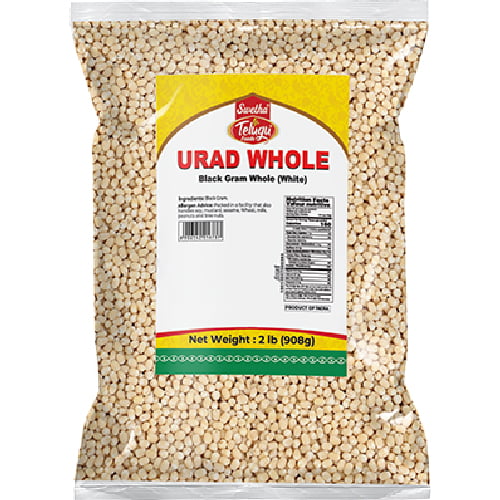
Reviews
Clear filtersThere are no reviews yet.